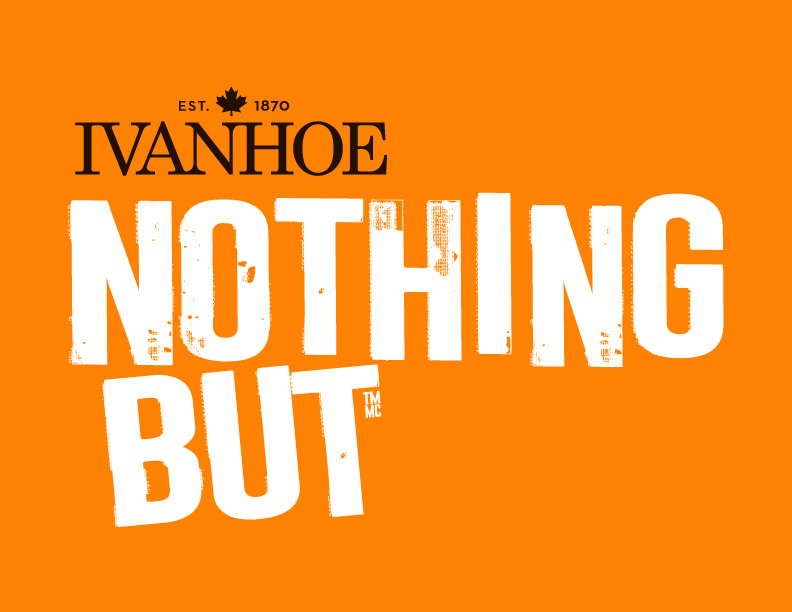How to Choose the Right Hiking Boots
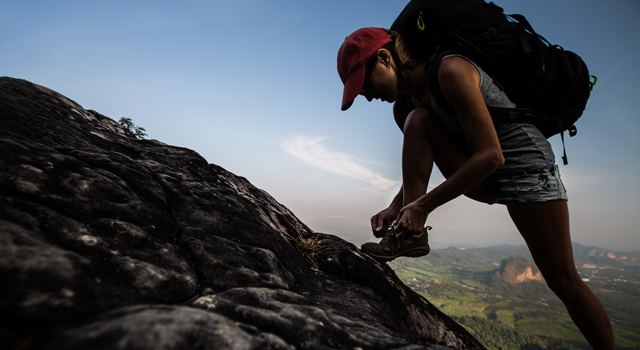
When you head out on the Trans Canada Trail, you’ll want to make sure you have the right gear from head to toe. Having the right hiking boots is a crucial part of the equation.
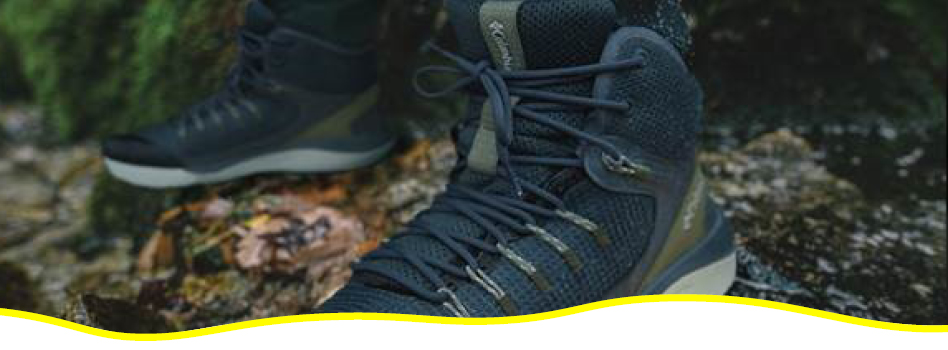
Choose your own adventure…boots
The right hiking boots for a casual hiker or walker will differ greatly from those for a week-long backcountry hiker. Options range from more casual day hiking shoes or boots to sturdier backpacking boots. Base your choice on what you see yourself doing, for how long and in what environment. Columbia Sportswear offers a variety of boots to fit everyone, from a casual day hiker to a multi-day explorer.
Generally, a day hiking shoe or boot is fine for shorter and easier hikes, like the Jackson Creek Kiwanis Trail in Peterborough, Ontario, or the Salt Marsh Trail in Cole Harbour, Nova Scotia. If you’re planning for longer, harder hikes — like some of the more challenging sections of La Traversée de Charlevoix in Quebec — consider backpacking boots for more support.
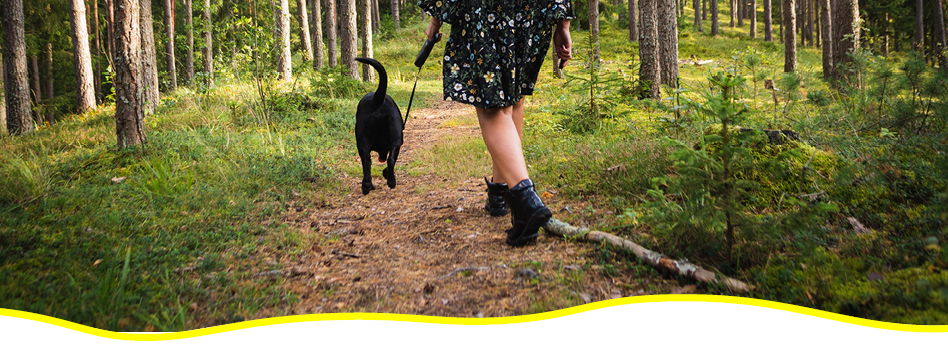
Find the right fit
It may sound simple, but try, try, try. Compare the fit of several different pairs of boots, making sure to stand or walk around to see how they feel. Look for comfortable boots that are slightly looser than your other shoes, but not so loose that your feet are sliding around or you’re unsteady on your feet. When you’re hot or working hard, your feet may expand a little, and you certainly don’t want the discomfort of too-tight boots midway through a hike. Check hiking boots for length and width, and bring the type of socks you’ll be wearing so you can get a true sense of the fit.
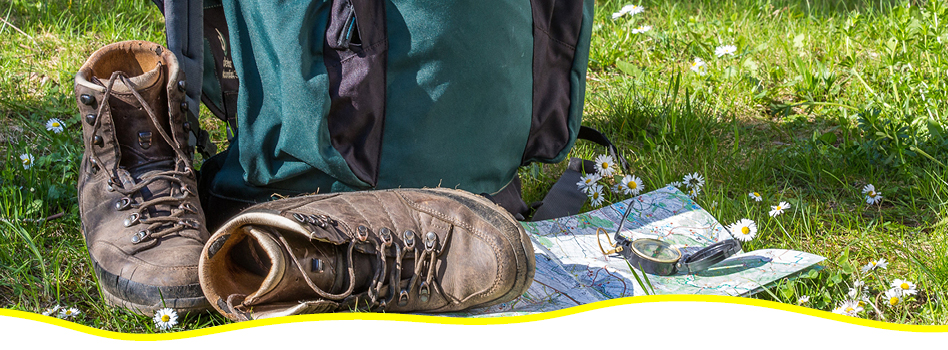
Weight matters
If you’re mainly heading out on short hikes or sticking to well-groomed trails, a lighter pair of hiking boots will give you all the support you need and keep you footloose and fancy-free. For more serious multi-day explorers, a heavier, sturdier pair will do a better job of supporting you — and your ankles — for the long haul.
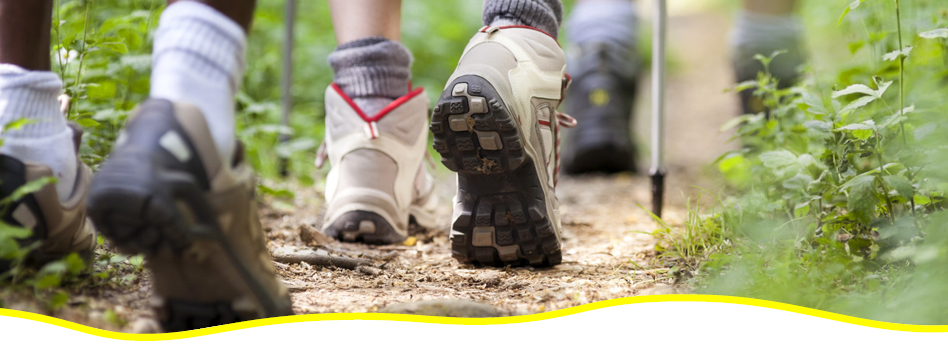
Traction is good
Look for a pair of boots with a good tread, which will help you out on slippery trails in rain, ice and snow. From the Sea to Sky Trail in the soggy rainforest in BC to Centennial Trail on the frigid prairie in Manitoba, it’s a pretty sure bet that being outside year-round in Canada means you’ll come across slippery conditions at some point along the way. A good tread will keep you safe — and upright — when you do.
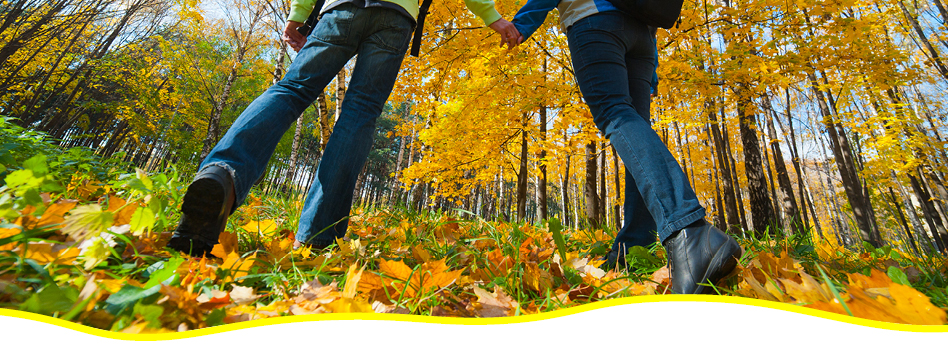
Breathable is better
Not only will having well-ventilated, breathable hiking boots help you avoid smelly feet down the line, it will also keep your feet from overheating. Sweaty feet mean blistery feet, which are not ideal for a beautiful day along the Trans Canada Trail. In addition to breathability, consider whether you’ll need waterproof boots — they’re a big plus on rainy days or in wet environments.
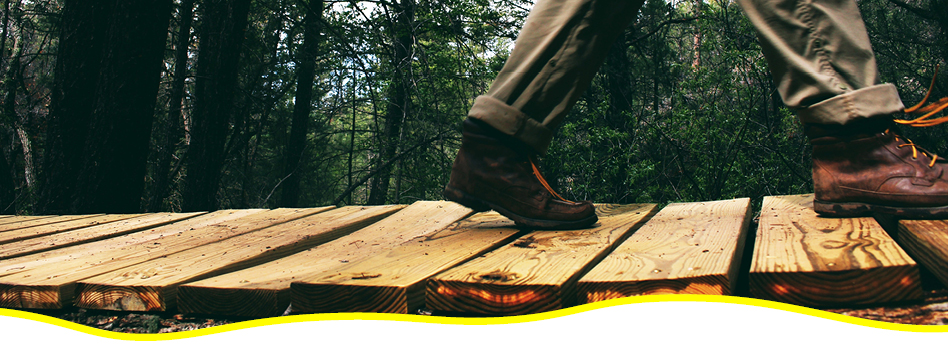
Try after you buy
Always break in your hiking boots before heading out on the Trail. Wear your boots around the house to test them out and make sure they’re working for you and your feet. Once you’re sure they’re a good fit, head out for short errands to wear them in enough to be comfortable on a longer trip.

What’s your go-to hiking footwear?
Let us know by using hashtag #GreatCanadianHike on Facebook, Twitter and/or Instagram posts.
After each hike, share photos or videos of your adventures with us!
Each photo or video submission gets you an EXTRA entry for even more chances to win amazing prizes.
Upload here or share on social with the hashtag #GreatCanadianHike to participate.
Check out the Prizes up for grabs!




